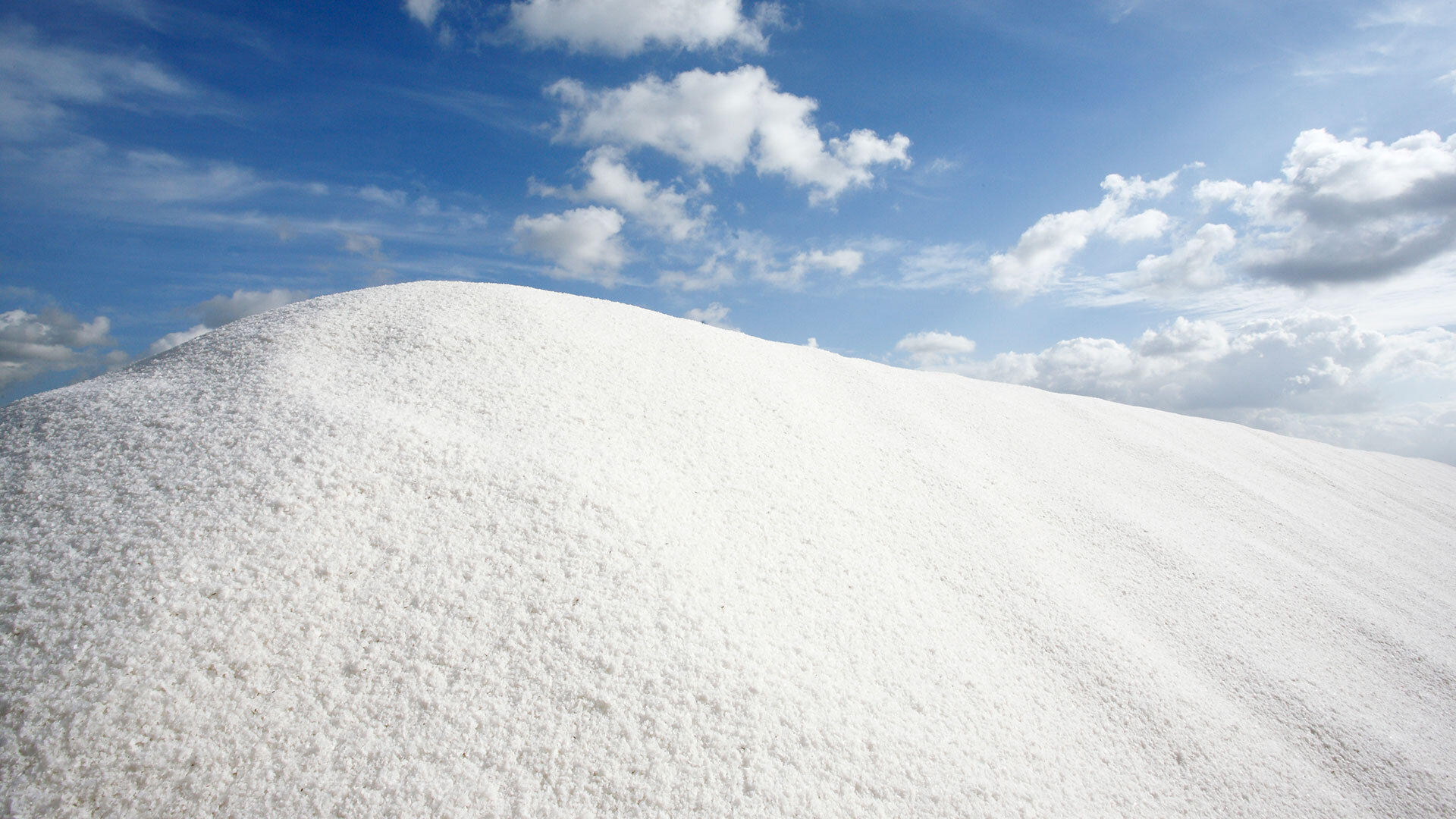Trapani Sea Salt PGI


Considered “white gold” since ancient times, salt is one of the oldest minerals formed on Earth and has always been valued by humans: for preserving and seasoning food, as a remedy against certain endocrine imbalances and for body care, as it is rich in magnesium and has a mineralising effect on the bones.
Trapani Sea Salt is a salt of the highest quality, owing to the fact that this raw material is produced in the unique environment, of the two protected areas of the Saline di Trapani e Paceco and Stagnone di Marsale, striking installations that have long been an integral part of Trapani’s coastline – together with the windmills and the white pyramids – along the “Salt Road”, which runs from Trapani to Marsala via Paceco.
As it is extracted and produced in the salt pans according to the traditional artisanal process, this salt has been awarded PGI recognition by the European Union as well as being a Slow Food Presidium. Moreover, since it is not refined or washed to alter its properties, Trapani Whole Sea Salt retains the trace elements contained in seawater, including more potassium and magnesium.
Trapani Sea Salt is a whole sea salt that is made up of dense white crystals and is very soluble with an intense flavour. Left to dry in the large vats that shape the landscape of the salt pans, helped by the natural action of the sun and the wind, this sea salt is appreciated all over the world.
A dominant ingredient in Sicilian cuisine, and indeed western cuisine in general, garlic is an almost alchemical ingredient in recipes with unmistakable flavours, where its strong smell and aroma help define theidentity of a dish.
They have their roots in the volcanic soil and unique climate characteristics of the island of Pantelleria.
The aristaeomorpha foliacea – the “gambero rosso” or giant red shrimp – a delicious crustacean that is appreciated by chefs all over the world, is strongly linked to the history of the town of Mazara del Vallo in the far west of Sicily, separated from Tunisia by just under two hundred kilometres.
Cultivated in rotation in the distinctive soil of the Saline di Trapani and Paceco nature reserve, which is characterised by its firm, clayey texture, the Cartucciaru yellow melon is a Slow Food presidium, as it maintains one of the most authentic agricultural traditions in the Trapani area.
The Nocellara or Castelvetrano olive, has a green colour and intense taste, a fleshy, dense shape and texture and a delicious flavour.
The “Pizzutello” tomato thrives in the salinity of the red, clayey soil in which it is planted, in the Ericine valleys that stretch down to the sea towards Trapani and Paceco.
The Atlantic bluefin tuna (Thunnus thynnus) is the most valuable of all tuna species. This large pelagic predator was once the king of the Mediterranean, and its fishing in this sea has ancient roots.
We’ve sent you an email. To activate the newsletter, click on the link you will find in the message. Thank you!
Try again